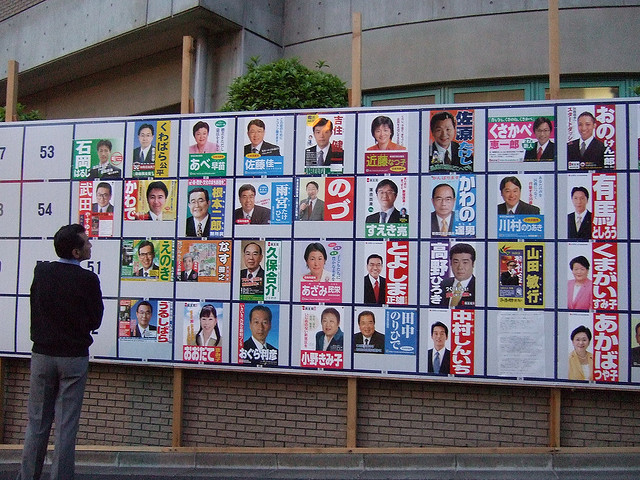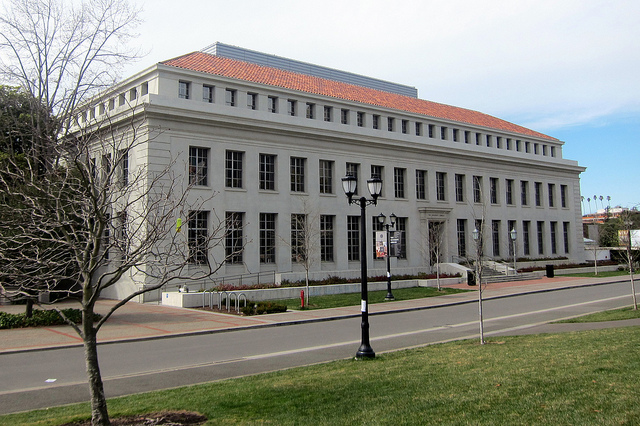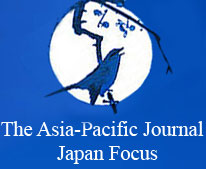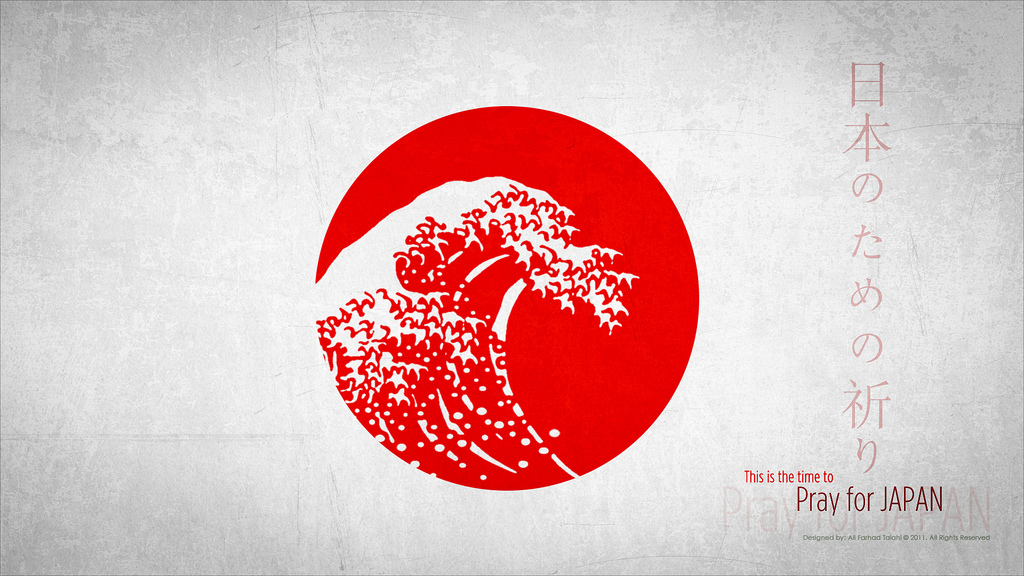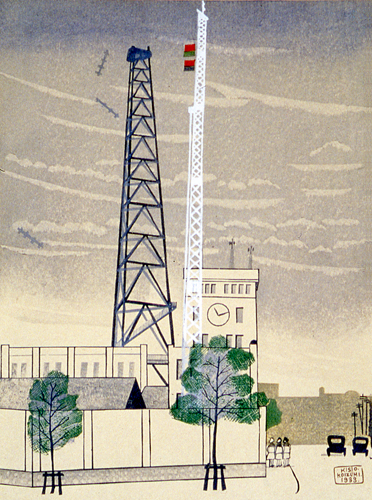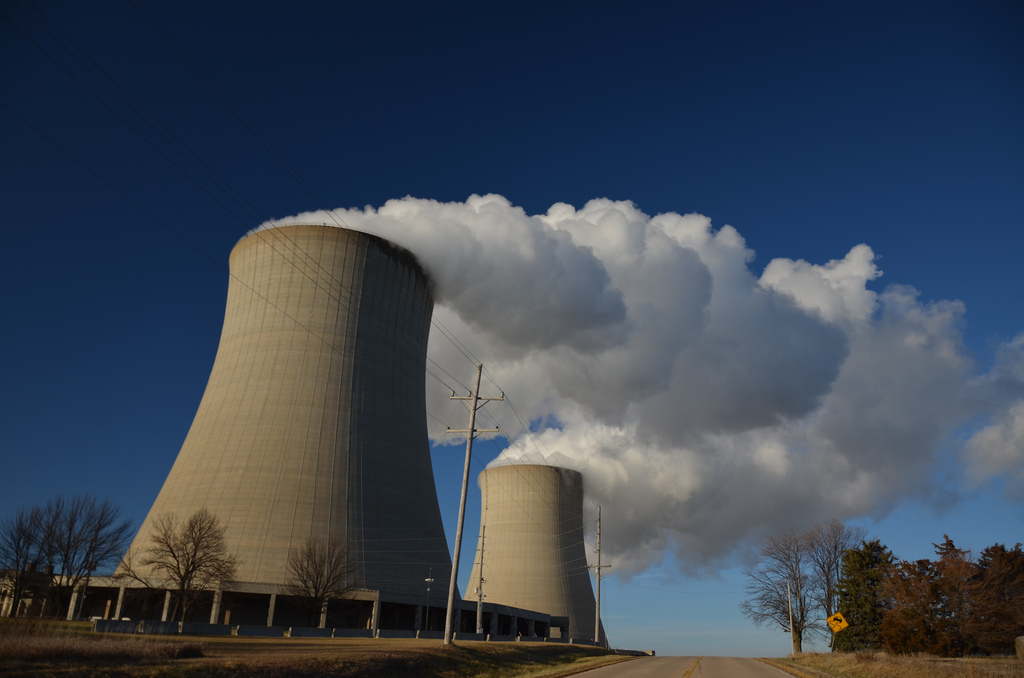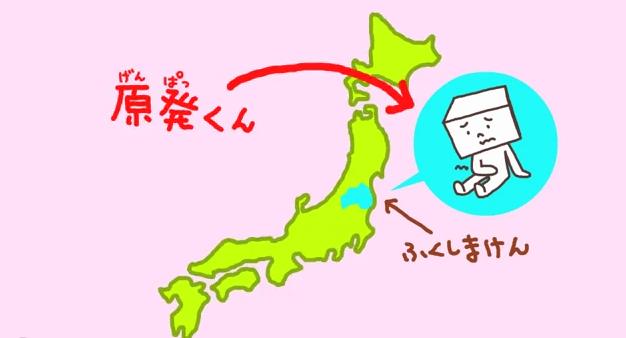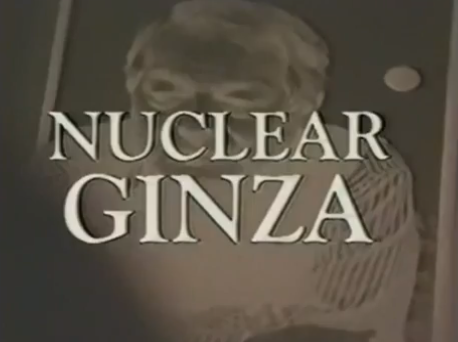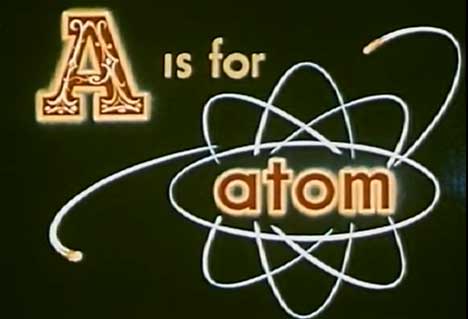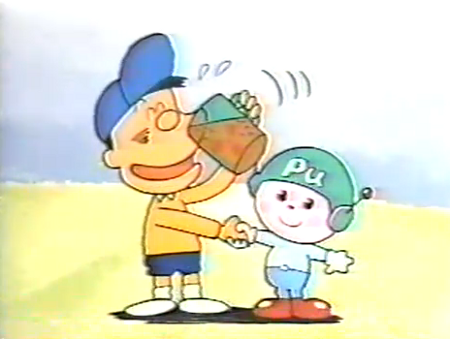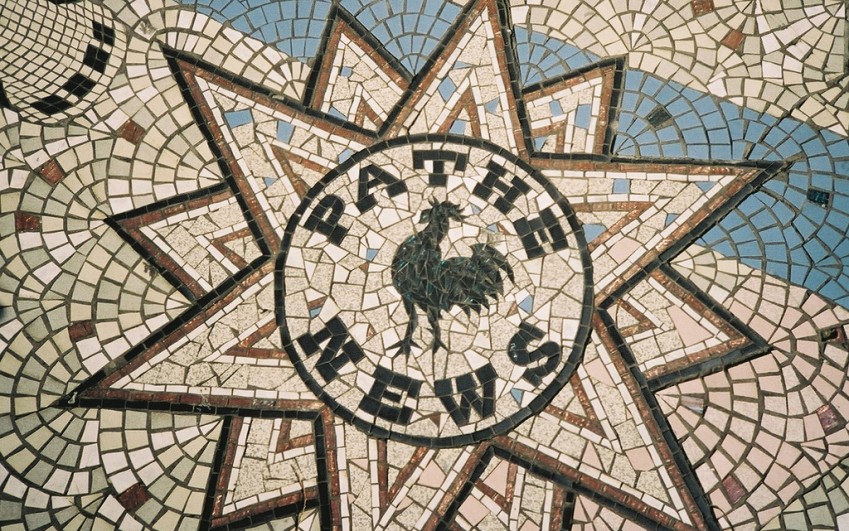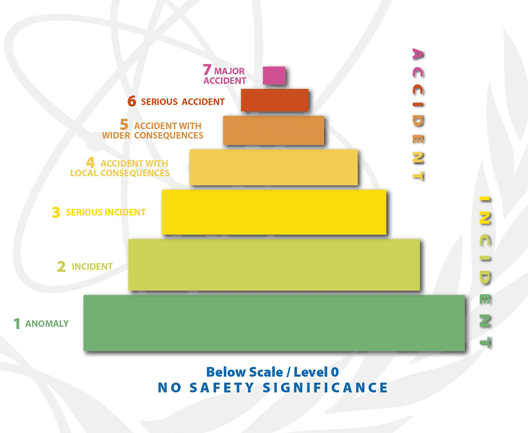WEBSITE: Teach Sewol
세월호교실 [Teach Sewol], Accessed September 11, 2016, http://teachsewol.org The South Korean ferry Sewol sank on April 16, 2014, on its way to Jeju Island with 476 passengers and crew onboard. After a tragic failure of rescue operation, 295 people died
![[Teach311 + COVID-19] Collective](https://blogs.ntu.edu.sg/teach311/files/2020/04/Banner.jpg)
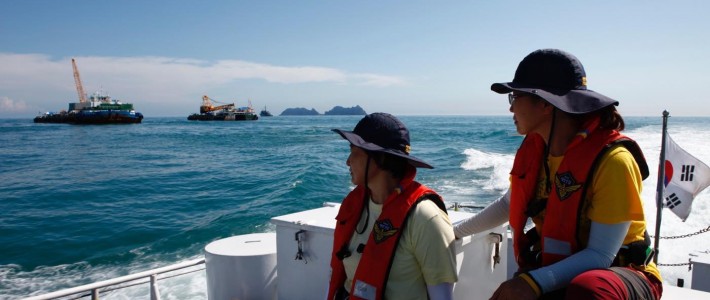
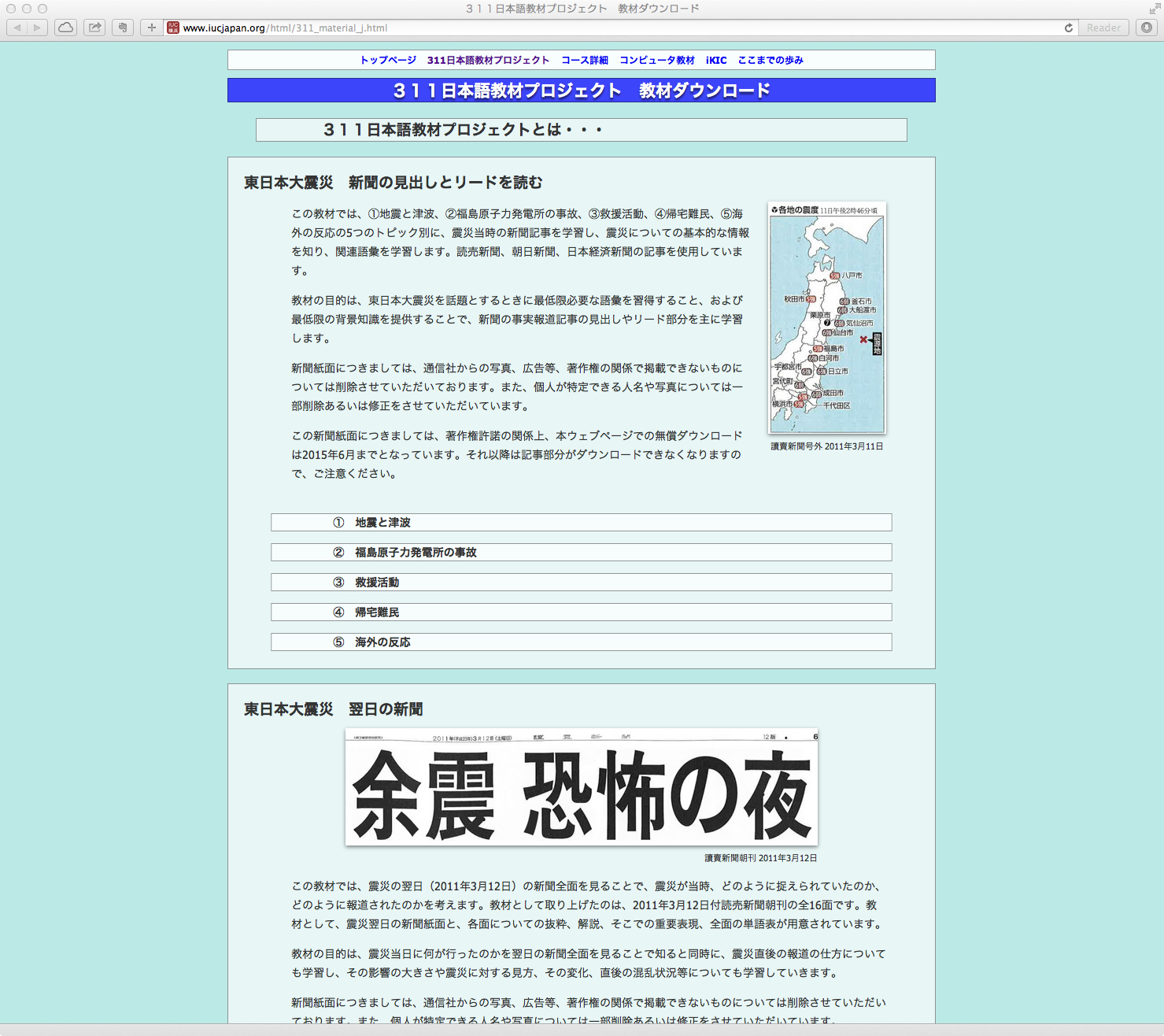
![WEBSITE: Project “Sending Books to the Children of Iwaki” [震災復興支援 in FUKUSHIMA -いわきの子供たちに本を送る-] WEBSITE: Project “Sending Books to the Children of Iwaki” [震災復興支援 in FUKUSHIMA -いわきの子供たちに本を送る-]](https://www.teach311.org/files/2015/03/image-Mar11.jpg)
![WEBSITE: Earthquake School in the Cloud: Citizen Seismologists in Taiwan [台灣地震學園] WEBSITE: Earthquake School in the Cloud: Citizen Seismologists in Taiwan [台灣地震學園]](https://www.teach311.org/files/2014/12/image-e1418122114549.png)
